General Info – summary
This evergreen Tree has straight trunk with an impressive crown is usually up to 25m high. The simple drooping Leaves are hairless. The small 5-merous, bisexual regular & white to pink, insect pollinated Flowers are single or in racemes. Up to 20 stamens & a simple pistil develop. Shiny blackish Fruit is a bitter tasting drupe with small bird-dispersed seeds. Leaves and seeds contain hydrogen cyanide.
Description
Prunus africana
Previous Names: Pygeum africanum, Laurocerasus africana.
SA Tree No. 147.
Common names: (Afr) Afrika-amandel, Bitter-amandel, Bitteramandelboom, Bitteramandelhout, Nuweamandelhout, Nuwehout, Rooistinkhout, Rooi-stinkhout, Wilde-kersieboom. (Eng) African Almond, African Cherry, Bitter Almond, Bitter Almond Tree, Red Stinkwood, Wild Almond. (isiXhosa) Inyazangoma, Umdumizulu, Umkakase, Umkhakhase, Umlalume. (isiZulu) Ingubozinyeweni, Inkokhokho, Inyazangomelimnyama, Itywina-elikhul, Ngubozinyeweni, Umdumezula, Umdumezulu, Umlalume, Umkhakhazi, Umlalume. (Northern Sotho) Mogohloro, Mogotlhori. (siSwati) Umdumezulu. (Tshivenda) Mulala-maanga.
Family: Rosaceae (includes the rose, apples, pears, peaches, apricots, and strawberries). There are 90+ genera and nearly 5 000 species. Family members are usually perennials. Local genera on this website that contain trees include Leucosidea and Prunus). The usually spirally arranged Leaves can be simple or pinnately compound. Spines may be present on the midrib and rachis of compound leaves. Leaf/leaflet margins are usually serrate, and stipules are present. Flowers are impressive, actinomorphic, bisexual and bracteate. Sepals and Petals both have 5 lobes and, together with the numerous Stamens, are fused at their bases. Stamens, petals and sepals are in a hypanthium (the cup-like receptacle derived usually from the fusion of floral envelopes and androecium, and on which are seemly borne calyx, corolla and stamens). The Fruits are various. Some Seeds may release cyanide if digested.
Name derivation: Prunus – Latin name for a plumb tree. africana – from Africa. The genus Prunus includes almonds, apricots, cherries, plumbs, peaches and nectarines. It is also the only tall indigenous forest member of Rosaceae (rose family) in South Africa.
Conservation: National Status: Vulnerable. Assessed: 2008 (V.L. Williams, D. Raimondo, N.R. Crouch, A.B. Cunningham, C.R. Scott-Shaw, M. Lötter and A.M. Ngwenya). This decision was influenced by the over exploitation of bark for traditional medicine. In Cameroon, Madagascar, DRC, Kenya and Uganda the bark is harvested and exported. This increases the problem. The quantity harvested annually for export to Europe, Japan and the USA is between 3 200 – 4 900 tons. This is the largest volume of any African medicinal plant in international trade. The population trend is decreasing.
Tree
This Tree may reach up to 25m high but is usually about half this height. It often has an impressive crown (photo 585). The straight, rough Trunk may reach a diameter of 1+m. Corky Branches have knobbly twigs. The dark brown/blackish, very rough Bark (photo 806) has cracks and breaks into blocks. Buds are covered with scales that are imbricate (having regularly arranged, overlapping edges, as roof tiles – photo 816).
- 585. 2017/10/24. Walter Sisulu NBG. Photo: David Becking.
- 806. 2014/09/16. Lowveld NBG. Photo: David Becking.
- 816. 2014/09/16. Lowveld NBG. Photo: David Becking.
Leaves
On this evergreen tree, the alternatively arranged, hairless, drooping Leaves (photo 811) are elliptic, oval or lance-shaped, up to 15 x 6cm and form a dense crown. Leaves lack silky hairs and are simple (have a single blade which may have incisions that are not deep enough to divide the leaf into leaflets). Young leaves are bright greenish-yellow with a lance-shaped apex (photo 811). Mature leaves are shiny, dark green, glossy above, and lighter green below (photos 815). Leaves tend to droop and bend along the line of the midrib (photo 811). Both the Apex and Base are tapering to rounded. In young yellow leaves, the apex is sharply pointed (photo 811). Crushed leaves smell of almonds (indicating the presence of cyanide). Lateral veins on mature leaves are yellowish and clearly visible above. Net veins are more visible below – when viewed with the aid of a hand lens, against a bright light (photo 815). In this photo, the Midrib is raised and prominent below. The Margin is mildly toothed, with 1-2 glandular dots that may be seen between the teeth – closest to the base. The green, pink or red Petiole (leaf stalk – photo 812) is up to 2cm long and grooved above (photo 812). Small Stipules (basal appendages of the petiole) are present.
- 811. 2014/09/16. Lowveld NBG. Photo: David Becking.
- 815R 2014/09/16. Lowveld NBG. Photo: David Becking.
- 812. 2014/09/16. Lowveld NBG. Photo: David Becking.
Flowers
Individual fragrant 5-merous Flowers are small (0,9cm wide to 7cm long) and occur singly or in axillary Racemes (a simple elongated inflorescence with stalked flowers that open in succession towards the apex). These racemes are located in leaf axils or on side shoots. Flowers are usually bisexual and actinomorphic (Regular, symmetrical. Flowers are vertically divisible into similar halves by more than 1 plane passing through the axis.). Bracts are small and caducous (an organ or part that is easily detached and shed early). The Calyx has 5 small Sepals that are obconical (resembles an inverted cone) and connate (joined at the base) and within which is an attached glandular disc (a more or less fleshy or elevated development of the receptacle). The Corolla has 5 small, white or pink Petals. Flowers are perigynous (the petals, sepals and stamens are on the rim of the hypanthium – the cup-like receptacle). There are numerous – usually to or to 20 and occasionally more Stamens with free filaments. They arise with the petals and are attached to the receptacle (is that expanded tip of the flower stalk from which the floral parts develop). The sessile, superior Ovary has a simple pistil with 1 locule (compartment within an organ). Two Ovules are present. The Style is long and ends in a peltate (shield-shaped) Stigma. (Apr-Jul) – Dec).
Fruit
The almost spherical Fruit is a Drupe (a fleshy, 1-seeded indehiscent fruit with the seed enclosed in a very hard stony endocarp; stone fruit – like a peach) that is up to 1,2cm diameter and slightly less in length. When mature, the drupe is purplish to black (photo 810). Fruit is bitter tasting and when crushed, they smell of almonds. Drupes occur in branched bunches (Photo 810) – (Sep-Jan). Seeds are pendulous and the Testa (seed coat) is membranous. Bird dispersed seeds are small – about 5 000 per kg. Jul-Nov (- Mar).
- 810. 2014/09/16. Lowveld NBG. Photo: David Becking.
Distribution & Ecology
This tree usually occurs in an altitude range of 1 000 – 2 100+m. It is locally common in montane mistbelt forests as well as scarp (a steep slope in the land that cuts across the underlying strata) and evergreen forests. Prunus africana is the only indigenous Prunus in Africa. Palmer & Pitman (page 79) report the tree naturally growing in the Bloukranskloof in the George – Knysna area. Otherwise, the trees occur in the Eastern Cape, Kwa-Zulu Natal, Mpumalanga, Limpopo, North West, Swaziland, Mozambique, Tropical Africa, Madagascar and Comoros. Flowers are insect pollinated. The tree serves as a food source for Fruit eating birds and mammals. Extra-floral Nectaries are present in these trees. These supply nutrition for antiherbivore insects in return for foliage protection.
Ethnobotany
The reddish brown, dense and close-grained Wood is even textured but does not season well and tends to split and twist. It is used for furniture and was used for wagon construction but does not work easily. The smell of cut wood does not persist in timber. Crushed plant parts, especially the leaves and seeds, smell of bitter almonds and contain prussic acid (hydrogen cyanide). Do not eat. Bark is used extensively in local medicine. It is also exported, and it is used to treat prosthetic hypertrophy (the flow of urine is blocked due to the enlargement of prostate gland). Prunus bark is much sought after for local medicinal use. The tree can be Grown from seed, and in good conditions, growth is about 1m per year. It can become a good shade tree in a moist environment. This is a protected tree in South Africa. The Fruit is very bitter. Ring barking eventually kills the tree. It is an attractive garden tree and responds well to cultivation in cool moist areas. Propagation is from Seeds.
References
Boon, R. 2010. Pooley’s Trees of eastern South Africa. Flora and Fauna Publications Trust, Durban.
Burrows, J.E., Burrows, S.M., Lotter, M.C. & Schmidt, E. 2018. Trees and Shrubs Mozambique. Publishing Print Matters (Pty) Ltd. Noordhoek, Cape Town.
Coates Palgrave, M. 2002. Keith Coates Palgrave Trees of Southern Africa, edn 3. Struik, Cape Town.
Lawrence, G. H. M, 1951. Taxonomy of Vascular Plants. The Macmillan Company, New York. Tenth Printing 1965.
Palmer, E. & Pitman, N. 1972. Trees of southern Africa. Balkema, Amsterdam, Cape Town.
Schmidt, S. Lotter, M. & McCleland, W. 2002. Trees and Shrubs of Mpumalanga and the Kruger National Park. Jacana, Johannesburg.
van Wyk, B. & van Wyk, P. 1997 Field guide to Trees of Southern Africa. Struik, Cape Town.
Williams, V.L., Raimondo, D., Crouch, N.R., Cunningham, A.B., Scott-Shaw, C.R., Lötter, M. & Ngwenya, A.M. 2008. Prunus africana (Hook.f.) Kalkman. National Assessment: Red List of South African Plants version 2020.1. Accessed on 2023/10/25.
https://en.wikipedia.org/wiki/Prunus_africana
http://www.plantzafrica.com/plantnop/prunusafri.htm
http://www.plantzafrica.com/medmonographs/prunusafric.pdf
http://www.worldagroforestry.org/treedb2/AFTPDFS/Prunus_africana.PDF
http://posa.sanbi.org/flora/browse.php?src=SP
https://en.wikipedia.org/wiki/Rosaceae
Plant defense against herbivory – Wikipedia

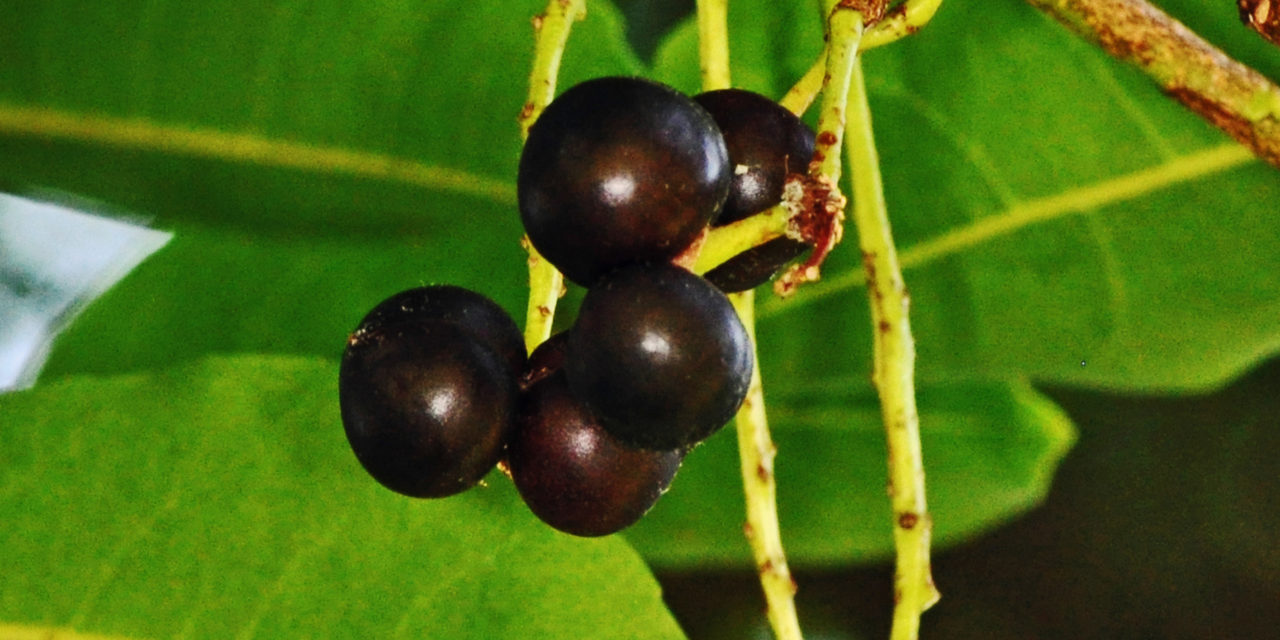
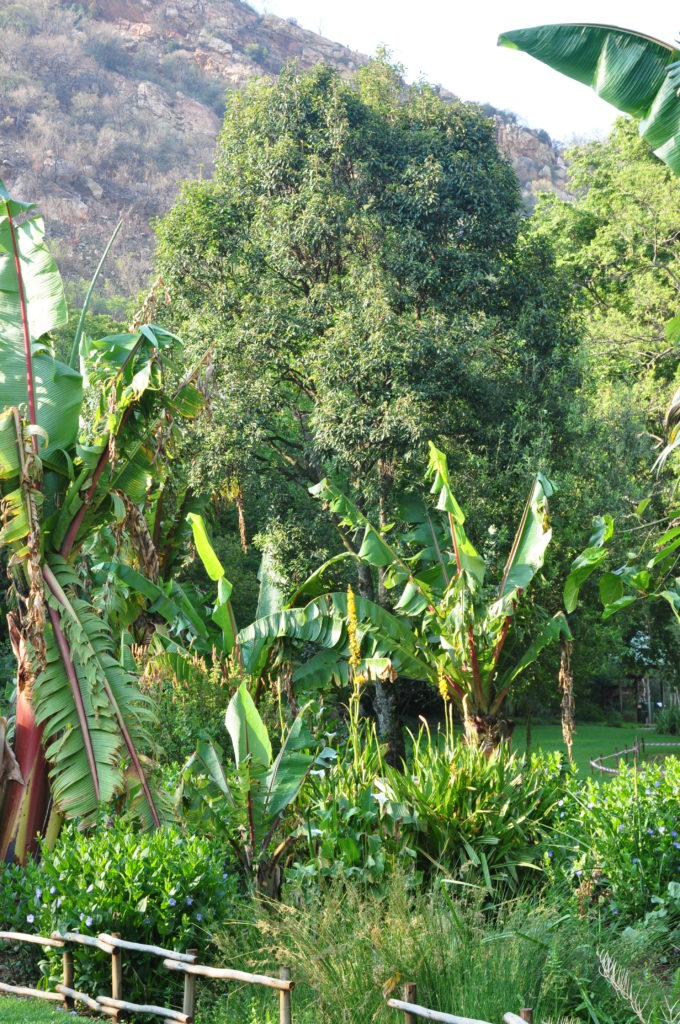
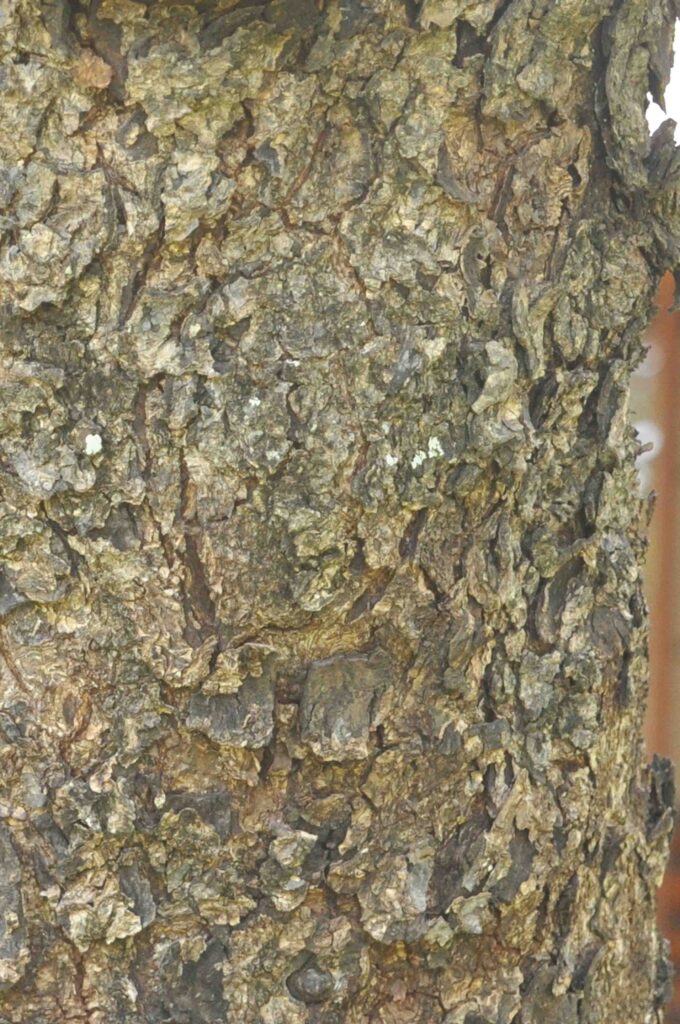
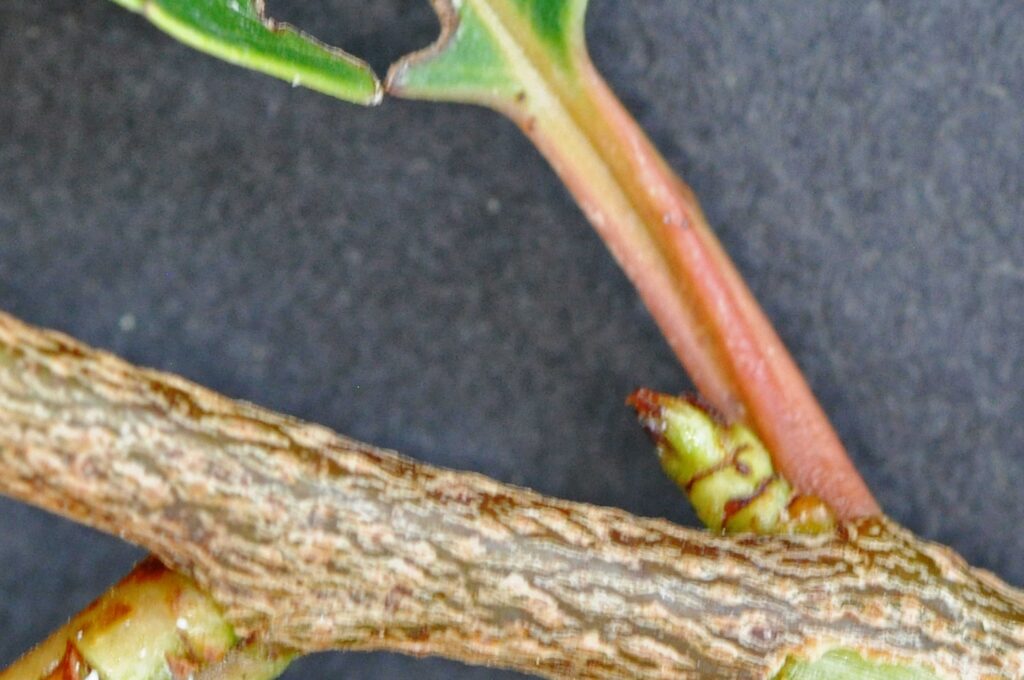
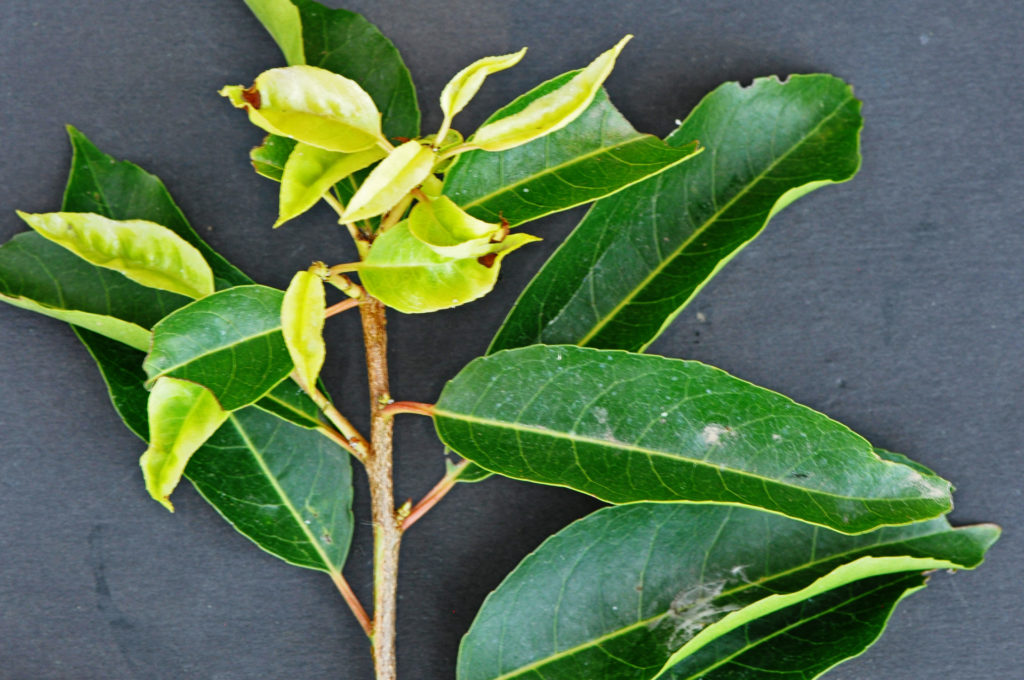
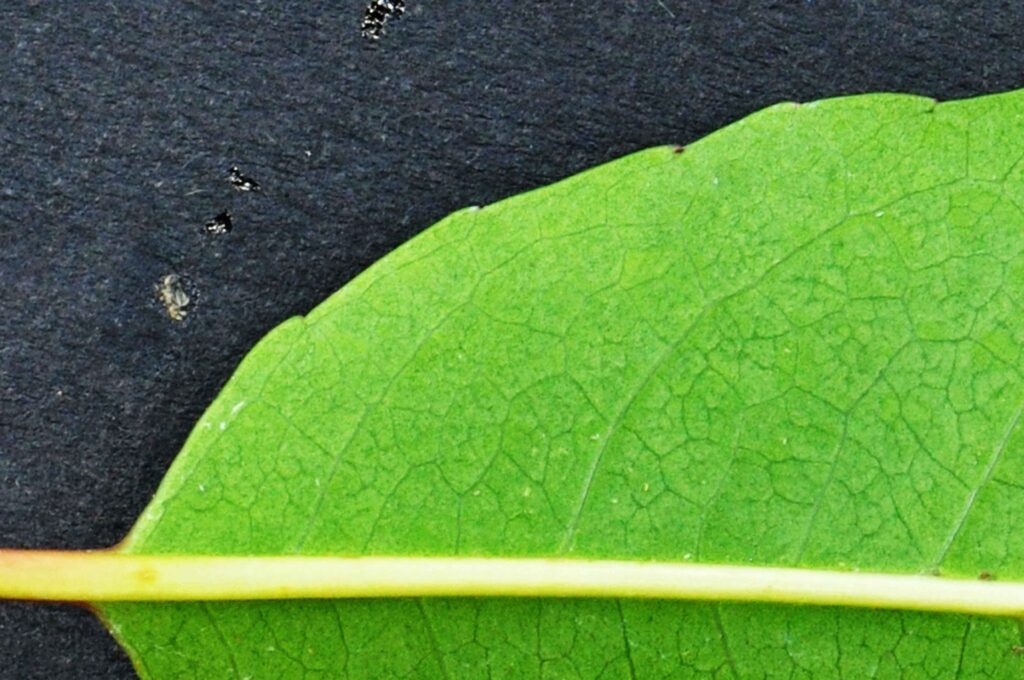
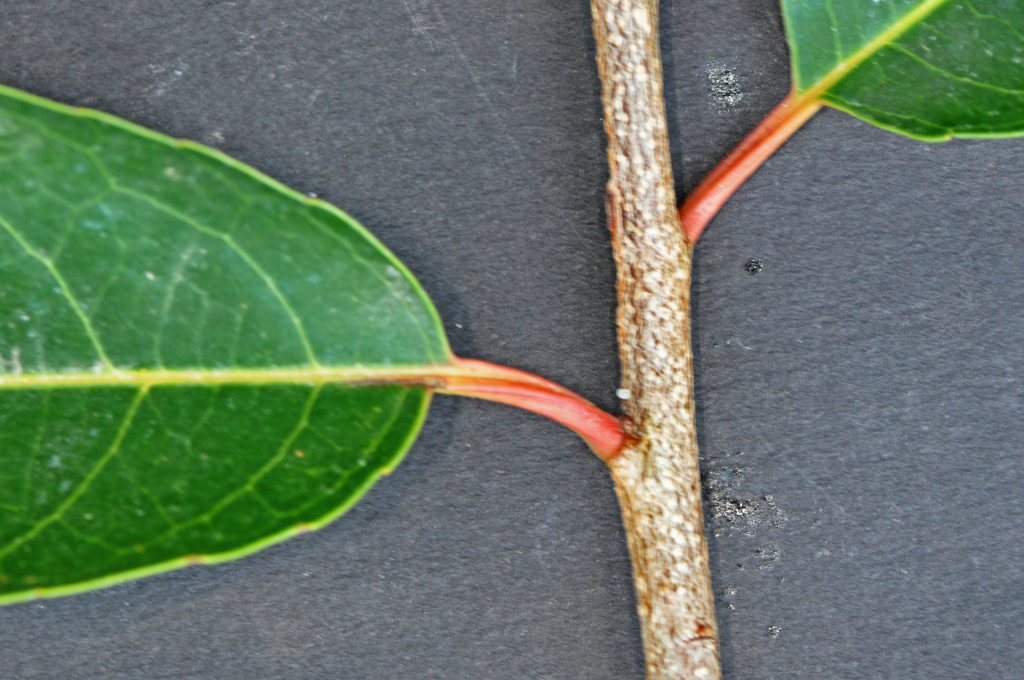
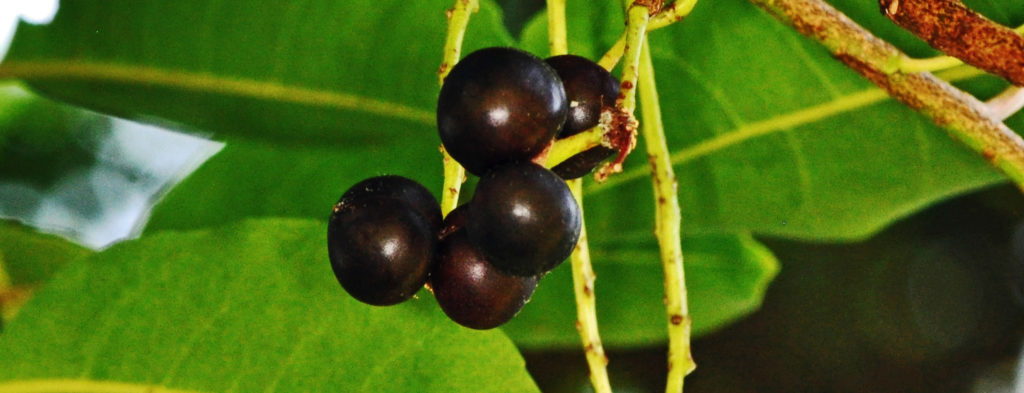
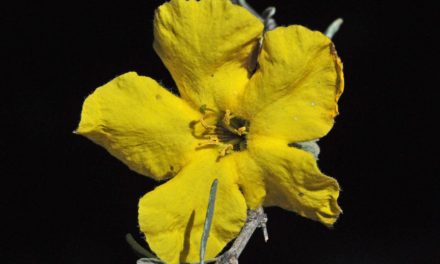
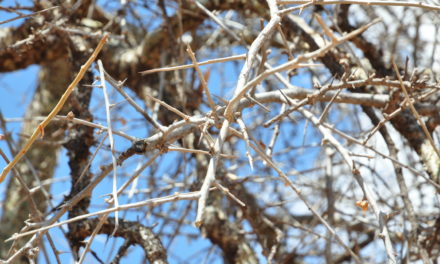
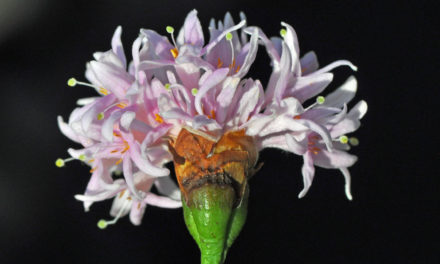
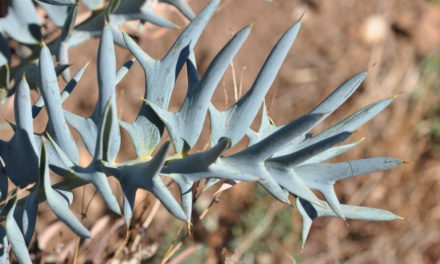
Usinng bark of the prunus africana have managed to treat several people in East African region up to 86 people some of who had been booked for operation and those already operated on have had the inserted cathete removed, after taking a doze of the medicinal tree.
Thank you. Do you have a reference for your interesting info?
Honestly speaking Prunus african has done wonders following the medical athecs i may not publush their names unless they allow me to do so. But i have been treating Army officers the police, and other clients from Rwanda, Burundi DR Congo, and S Sudan.
The prunus African has treated (5) five people suffering from cancer, and the results are very much promising, Am trying diabets also and it has started giving me pisitive results.
Neriah Rugarama
Interesting. Thank you for the info.
There is no questions about prunus African that it shrinks the enlarged prostate gland and you don’t go for surgery please look for someone that knows how to use it and you will see it’s wonderful work.
Greetings Rugarama
Interesting. I will see what I can find out.
Take care.
David Becking